What is a retrofit LED downlight
A retrofit LED downlight is typically an integrated LED system that can be used to easily convert incandescent, fluorescent or HID (high intensity discharge) recessed downlights to the latest in LED technology without special tools or rewiring. Recessed lights are a staple of ceiling lighting in residential, hospitality, and commercial spaces. In the United States, a conventional downlight generally has a metal housing or can, an electrical junction box that is attached to the housing, a light bulb that is in a bulb holder or socket, and a conical-shaped recessed trim that reflects and directs the light emitted by the bulb. By its very definition or purpose, retrofit implies replacing the light bulb and trim of the existing luminaires with an all-in-one LED light engine.
Improve the performance and value of lighting with LED technology
LED technology clearly outperforms conventional technologies when it comes to energy efficiency, lifespan, spectral controllability, switching cycles, dimming performance, design flexibility, and durability. While the ever-tightening energy codes drove the massive switch to LED lighting, the growing interest of users in high quality lighting and controlling their lights for value-added features deems the exit of traditional lighting technologies. The convergence of LED lighting with the Internet of Things (IoT) enables unprecedented levels of intelligent control over lighting systems, which maximizes the energy savings of lighting control strategies and creates new value propositions. Human centric lighting, which tries to find the best values for humans through an optimized combination of color and intensity, is one of the driving motivations of implementing smart systems. Retrofit LED downlights can bring old recessed lighting systems up to the latest efficiency standards and enable IoT enabled smart lighting applications.
The LED trim module
A retrofit LED downlight, which is essentially a retrofit LED trim module, is often designed with compatibility for installation into both a new construction and remodel housing. The LED trim module is a self-contained lighting system that incorporates an LED array, an LED driver, and other optical, thermal and mechanical components. The LED array can be a single source LED that creates light from one package or an assembly of mid-power SMD LEDs on a metal core printed circuit board (MCPCB). The LED array is attached to a heat sink that is often made from die-cast aluminum. In some designs, a thermal interface material (TIM) may be used to minimize the interfacial contact resistance between the LED board and heat sink. An adequately dimensioned thermal path keeps the LED junction temperature below the maximum rated value, which is critical to the color stability and lumen maintenance of the LEDs.
Benefits of technology upgrade
Upgrading legacy lighting systems to LED technology allow users of the space to have the best of both worlds: energy efficient lighting and high color quality of light. Unlike fluorescent lamps that achieve much of their efficacy at the cost of compromised quality of light, LED lighting affords us the chance to enjoy light with excellent color rendition, matching or exceeding that of halogen and incandescent sources, while delivering an efficacy that is significantly higher than fluorescent lamps. To render richer, more vibrant colors and make whites appear naturally brilliant and vivid, the spectral power distribution (SPD) of the light source must be uniformly spread across the wavelength range of the visible radiation spectrum for a color rendering index in excess of 90 CRI. The LEDs are available in a range of color temperatures from 2700K to 5000K with a tight chromaticity specification that ensures fixture-to-fixture color consistency.
Optical design
The optical system of a retrofit recessed light is usually a combination of a reflector and deeply regressed high-transmission diffusing lens. This enables the luminaire to provide uniform aperture luminance while concealing the LEDs from direct view for effective glare control. The reflector trim can be a parabolic or hyperbolic downlight cone. A hyperbolic reflector helps achieve wide distributions for general downlighting while reducing the luminance of the downlight to a minimum. A parabolic reflector creates narrow light intensity distribution curve (LIDC) and a highly luminous aperture. The parabolic reflectors are available in a choice of polished clear, gold, black, haze, wheat haze and pewter finishes. Recessed trims are available in other aperture styles including baffles, lensed apertures, adjustables, and wall washers. Retrofit LED downlights for general downlighting come also in an ultra-thin version which distributes luminous flux from edge-mounted LEDs homogeneously over the aperture through a multi-layered system.
LED driver
The LED driver that regulates the amount of electrical power applied to the LED array is typically integrated into the light engine. The low profile backlit or edge-lit downlight is operated by a remote driver. The two most important performance markers of an LED driver for retrofit applications is the ripple value and dimming compatibility. Large ripples in the drive current causes flickers in LEDs and may shorten the service life of the LEDs. The LED driver must be designed to recognize and respond to the voltage signals from the commonly used residential TRIAC (forward phase or leading edge) or ELV (reverse-phase or trailing edge) dimmer circuits in a desirable way. In commercial applications, the driver may be required to be compatible with the 0-10V dimming protocol. Typically, an LED driver is a switch mode power supply (SMPS), implementing a DC-DC converter to regulate the drive current.
Mounting
The retrofit LED trim module is mounted to the housing assembly using torsion springs or friction clips. The mounting hardware allows for positive locking mechanical adjustment that enables the trim to fit snugly in the housings of varied sizes. The retrofit kit ships with a socket adapter and quick-connect plug which permit easy retrofit in housings equipped with a medium-base or GU24 socket.

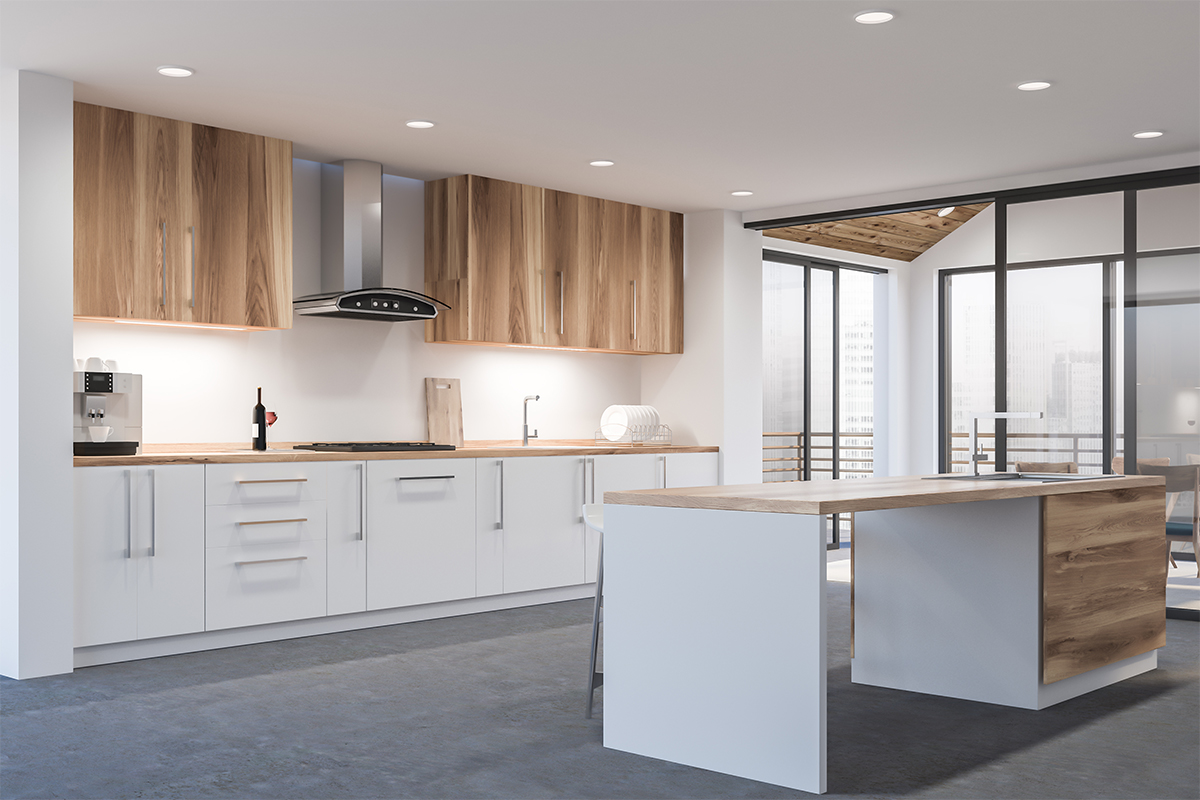
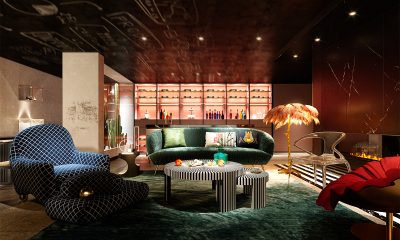


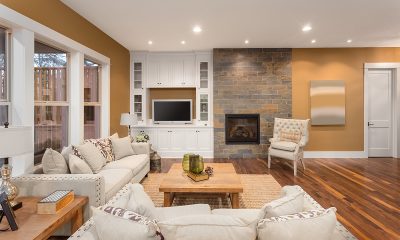

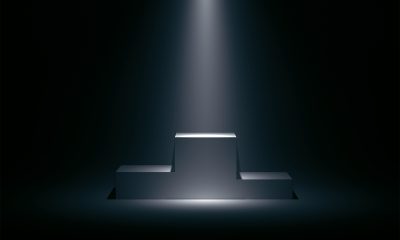


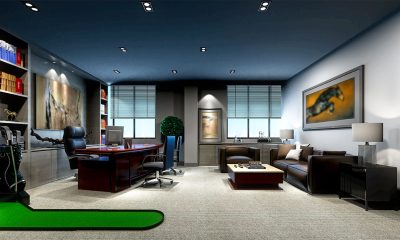
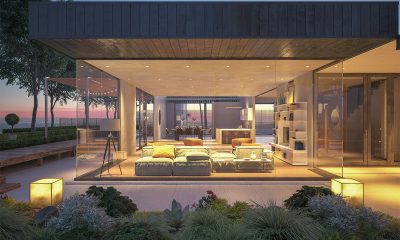

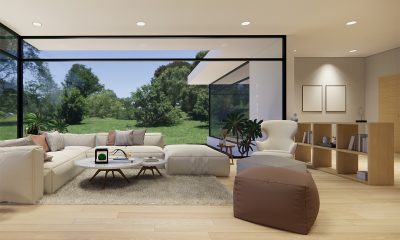





Loading...